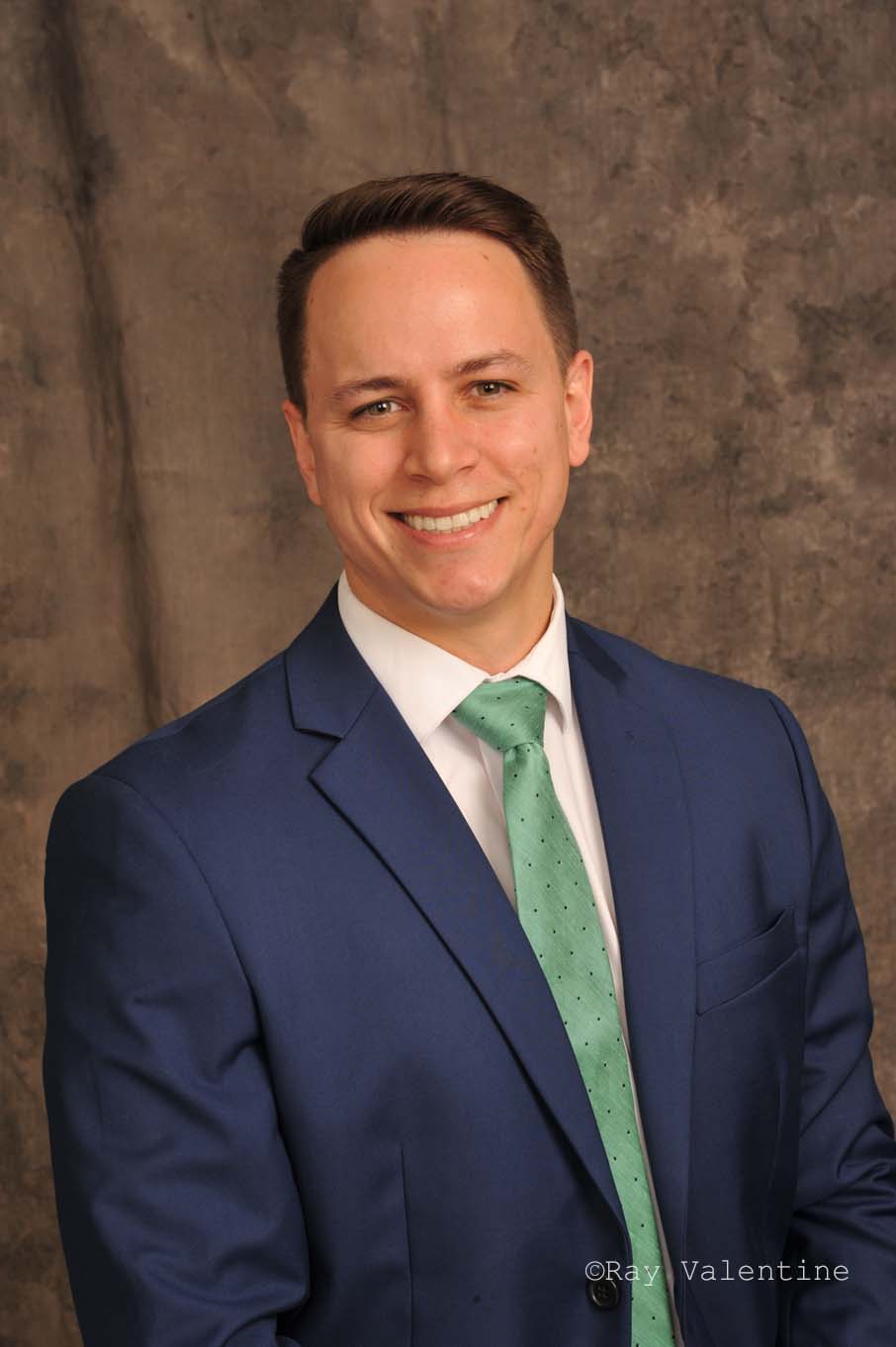Other
(TC65) Minimally Invasive Management of Dens Invaginatus: Maintaining Pulp Vitality while Treating Apical Periodontitis

Blake Clarke, D.D.S.
Resident
University of Minnesota School of Dentistry
Minneapolis, Minnesota, United States
Brian A. Ast, D.M.D.
Endodontic Resident
University of Minnesota School of Dentistry
Minnetonka, Minnesota, United States
Presenter(s)
Co-Presenter(s)
Dens invaginatus, affecting 0.25% to 26.1% of individuals, is a developmental anomaly resulting from dental papilla infolding during tooth development (Alani & Bishop, 2008; Hulsmann, 1997). Its complex anatomy often leads to early pulp necrosis and challenges in endodontic treatment. Traditionally, management involved complete pulp removal and treatment of both true and invaginated canals. In Oehlers Type III cases, where the invagination forms a separate canal, recent research suggests the pulp tissue within the true canal may remain vital and not require treatment. (Hernandez et al., 2022).
This table clinic presents two cases of Oehlers class III dens invaginatus with normal pulpal tissues and asymptomatic apical periodontitis. Following recent conservative principles, only the pseudocanal was treated using non-surgical root canal treatment (NSRCT), avoiding exposure of the vital pulp. The treatment approach included CBCT planning, segmentation and 3D printing to plan conservative access to the pseduocanal, ultrasonically activated sodium hypochlorite disinfection, and thermoplasticized gutta-percha obturation.
Follow-ups at six months and one year showed continued absence of symptoms and radiographic evidence of osseous healing. This technique offers advantages including preservation of pulp vitality, maintenance of natural defense mechanisms, and potential for continued root development in younger patients.
This presentation will demonstrate the step-by-step technique for treating the pseudocanal while maintaining pulp vitality. By showcasing these cases, the aim is to expand conservative treatment options for endodontists, potentially improving outcomes in complex cases and advancing vital pulp therapy in cases exhibiting anomalous tooth anatomy.

.png)
.png)
.png)
.png)